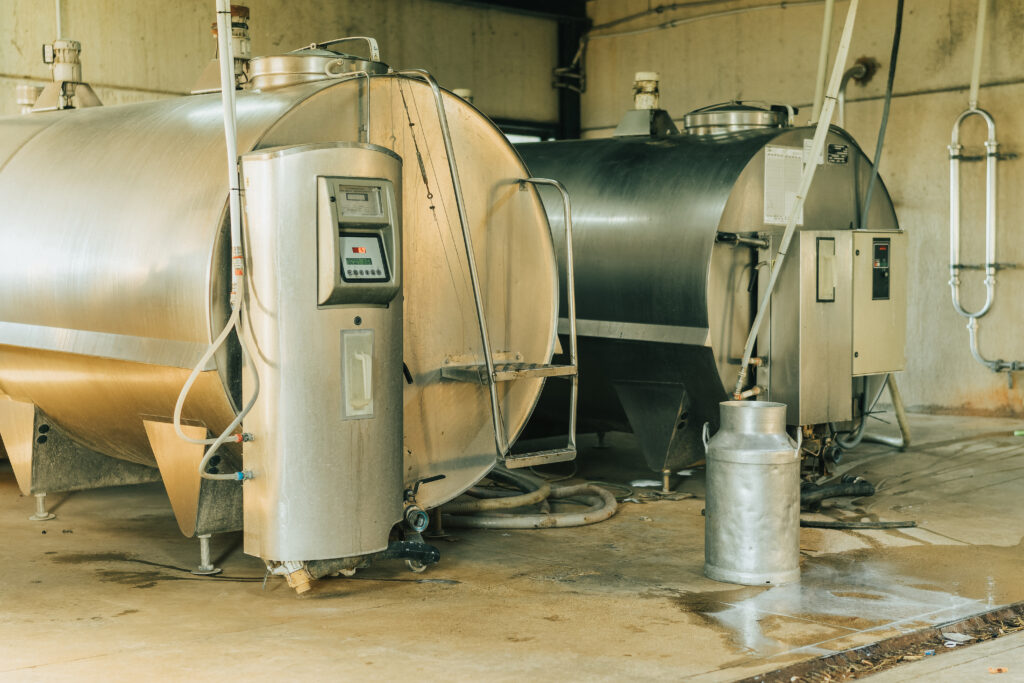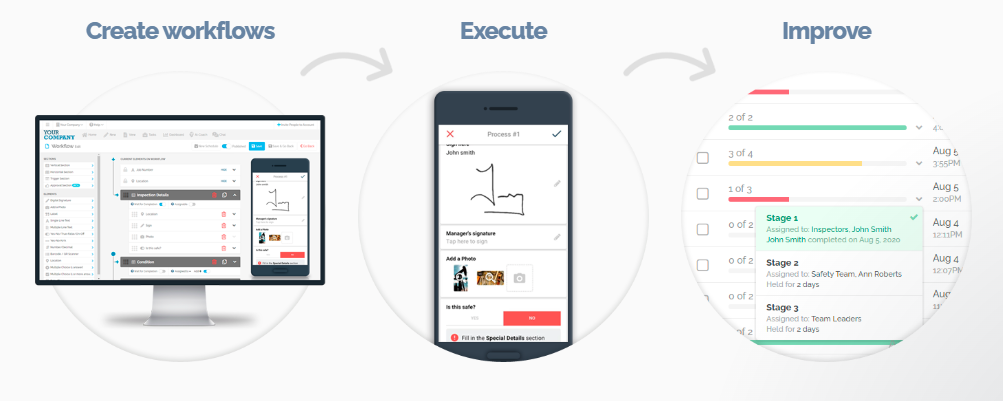A quality near miss refers to a situation in which an unplanned event or circumstance occurs that could have resulted in a significant quality defect, safety incident, or operational disruption but was fortunately averted before any harm occurred.
This article delves into the intricacies of quality near misses, their significance, and how they enhance safety and performance in these industries.
Understanding Quality Near Misses

Quality near misses are a testament to the effectiveness of proactive safety measures and stringent quality control processes.
Though seemingly minor, these incidents highlight vulnerabilities and areas of improvement within complex systems.
They offer organizations a unique opportunity to investigate the root causes of such near misses and implement corrective actions to prevent their recurrence.
Unlike accidents or actual incidents, near misses don’t result in injuries, damage, or loss, making them invaluable tools for learning and refining operations.
Consider a manufacturing plant as an example. In a high-pressure production environment, a near miss might involve a worker noticing a misaligned component on a machine just before it could have caused a malfunction.
By recognizing and reporting this near miss, you and your employees can discover the root causes, such as maintenance practices or training protocols.
Safety managers can then implement quality control measures to improve workplace safety and prevent a potential future breakdown that might have halted production.
Real-World Impact of Quality Near- Miss Reporting: Aviation and Healthcare

The aviation and healthcare industries exemplify the transformative potential of quality near-miss reporting.
In aviation, reporting near misses has significantly contributed to enhancing flight safety.
Aviation personnel are encouraged to report any incidents that could compromise safety.
These reports are meticulously analyzed, leading to improvements in air traffic management procedures, maintenance protocols, and pilot training.
By addressing near misses, the aviation industry has continuously evolved into one of the safest modes of transportation -5 fatal accidents among 32.2 million flights in 2022, according to the 2022 Airline Safety Performance Report.
Similarly, healthcare institutions have recognized the value of near-miss reporting in patient safety.
Medical professionals are encouraged to report situations where errors were narrowly avoided.
These reports are pivotal in identifying systemic issues, improving communication among healthcare teams, and refining medical protocols.
Quality near-miss reporting in healthcare has saved lives and significantly reduced medical errors.
Significance of Quality Near Miss Reporting

Prevention through Learning:
The primary advantage of quality near-miss reporting lies in the learning opportunity it presents.
Organizations can analyze these incidents without the burden of actual harm, enabling them to comprehensively understand the chain of events leading up to the near miss.
This deeper understanding allows for targeted risk mitigation processes to prevent potential for future incidents.
Cultural Transformation:
A culture that encourages reporting near misses prioritizes safety and quality.
When employees are empowered to share their observations without fear of retribution, it fosters an environment of trust and collaboration.
This, in turn, contributes to early detection and resolution of issues, enhancing overall operational efficiency.
Data-Driven Decision-Making:
With data, you can identify trends, recurring patterns, and systemic weaknesses.
Informed by this data, resource allocation, process optimization, and risk management decisions become more accurate and effective.
Regulatory Compliance:
Identifying and rectifying quality near misses demonstrates an organization’s commitment to compliance.
Furthermore, reporting near misses can proactively prevent more serious incidents that attract regulatory scrutiny and potential penalties.
Implementing an Effective Quality Near Miss Program

Successfully integrating a quality near-miss program requires a multi-faceted approach involving organizational commitment, employee engagement, and systematic analysis.
Here are some critical steps to consider:
Step 1-Leadership Commitment:
A culture of safety and quality starts at the top. Leaders must emphasize the importance of near-miss reporting and set an example by actively participating in the program.
Step 2 -Precise Reporting Mechanism:
Establish a user-friendly reporting system like FAT FINGER, whose quality control workflows enable employees to easily document and communicate near misses.
Step 3 -Training and Awareness:
Educate employees about what constitutes a quality near miss and why reporting them is crucial.
Training sessions can also cover effectively reporting incidents, ensuring that all necessary information is captured.
Step 4 -Thorough Investigation:
Each reported near miss should trigger a comprehensive investigation. This involves:
- Conducting a root cause analysis
- Devising corrective and preventive actions.
Step 5 -Action Implementation:
Implement the recommended corrective actions swiftly and effectively.
Regularly follow up on the progress of these actions to ensure that they produce the desired results.
Step 6 -Continuous Improvement:
Periodically analyze the data collected from near-miss reports. Look for patterns, commonalities, and trends that can guide continuous improvement efforts.
FAT FINGER: A Cutting-Edge Solution for Quality Near Miss Reporting
Industries that embrace a proactive reporting and analysis culture stand to gain regarding safety enhancement, process optimization, and overall performance.
With FAT FINGER, your organization can cultivate a culture that prioritizes continuous learning and advancement, ensuring a safer and more efficient future for all.
FAT FINGER is a no-code, easy to use, and mobile-friendly safety workflow builder that will revolutionize incident reporting in your organization in these three easy steps:



